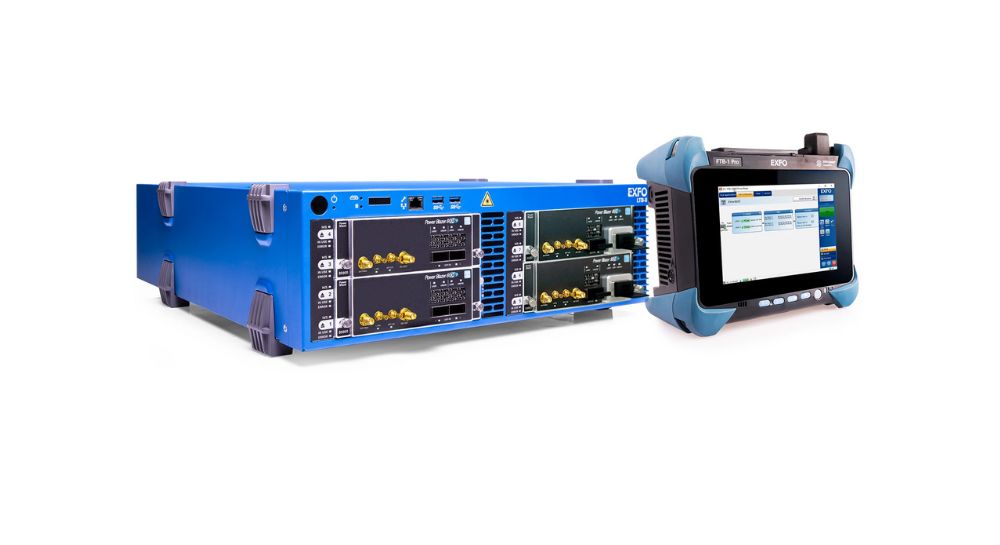How Ethernet Traffic Analyzers Support Network Security?

Ethernet traffic analyzers are crucial for maintaining and enhancing network security.
Here’s how they support network security in 10 keyways explained by a supplier of Ethernet Tester –
Real-Time Monitoring
Ethernet traffic analyzer keep an eye on network activity all the time.
This means they watch what’s happening on the network as it happens.
If something unusual or suspicious occurs, like an unauthorized person trying to access the network or strange data being sent, the analyzer can spot it right away.
This immediate monitoring helps catch problems quickly before they can cause serious damage.
So, by providing constant oversight, these tools help ensure that any potential security threats are noticed and dealt with promptly, keeping the network safer.
Traffic Analysis
Ethernet traffic analyzers look at the data being sent over the network and check it for patterns.
This means they examine the packets of data to see if anything looks strange or out of place.
They can spot if someone is trying to break into the network or if there is an unusual amount of data being sent that could signal a problem.
By analyzing this data, the tool helps identify potential security issues early on.
This way, you can catch and fix problems before they get worse and keep the network safe.
Intrusion Detection
Ethernet traffic analyzers help detect if someone is trying to break into your network.
They do this by looking at the data being sent and checking it for signs of attacks, like known hacking methods or unusual behavior.
If the analyzer notices strange patterns or attempts to access restricted areas, it can alert you.
This helps stop intruders before they can cause damage.
Performance Monitoring
Ethernet traffic analyzers check how well your network is performing.
They look at how much data is being sent and received and check for any problems.
If there’s a sudden drop in performance or too much data being sent at once, it could be a sign of a problem like a Denial of Service (DoS) attack.
This way, you can keep your network running smoothly and prevent problems before they get worse.
Network Forensics
Ethernet traffic analyzers help investigate network issues after something goes wrong.
They keep detailed records of everything that happens on the network.
If there’s a security problem, like a data breach, you can look at these records to see what happened and how it occurred.
This is called network forensics.
By examining this data, you can understand how the problem happened and figure out how to prevent it in the future.
This helps fix issues faster and improve security to stop similar problems from happening again.
Compliance Management
They help make sure your network follows important rules and regulations.
They do this by keeping detailed logs of network activity and creating reports.
These reports show if the network is meeting security standards and rules, like those required by laws or industry guidelines.
If something doesn’t match up with these rules, you can quickly spot it and fix it.
This helps ensure that your network remains compliant and avoids legal or regulatory problems, while also keeping it secure from potential threats.
Threat Intelligence Integration
They can work with other tools that provide up-to-date information about new threats.
This is called threat intelligence.
When the analyzer gets new information about recent security risks or attack methods, it updates its own system to better detect these new threats.
This means the analyzer is always ready to spot the latest security problems and protect the network from them.
By staying current with new threats, the analyzer helps keep the network safe from the newest and most advanced attacks.
Behavioral Analysis
They watch how the network is used over time.
They keep track of normal patterns and behaviors.
If something changes suddenly or doesn’t look right, it might be a sign of a security issue, like someone inside the company misusing their access.
By noticing these unusual changes, the analyzer can help find potential problems that might not be obvious right away.
Bandwidth Utilization
They check how much data is being sent and received on the network.
They can spot if there’s an unusual increase in data, which might be a sign of a problem, like a network attack or misuse.
If too much data is being sent suddenly, it could mean someone is trying to overwhelm the network.
By monitoring how bandwidth is used, the analyzer helps find these issues early.
This way, you can address any problems quickly and keep the network running smoothly and securely.
Alerting and Reporting
They send alerts and create reports about network activity.
If the analyzer detects something unusual or a potential security issue, it will immediately notify you with an alert.
It also generates detailed reports showing what happened and when.
These alerts and reports help you respond quickly to any problems and understand what’s going on with your network.





